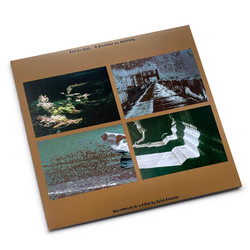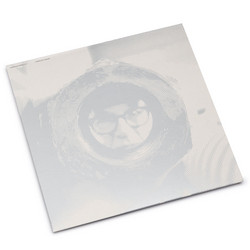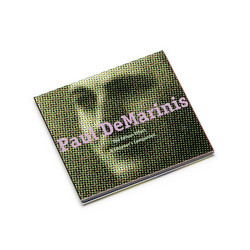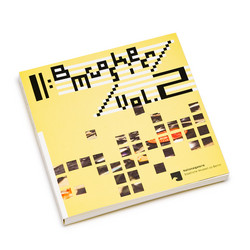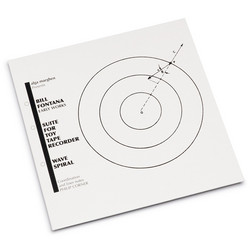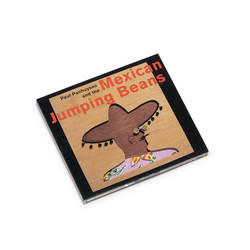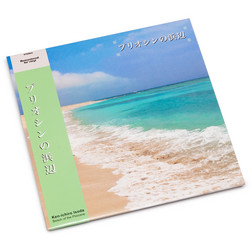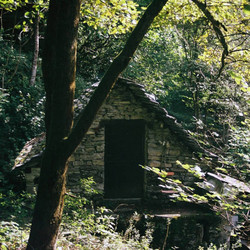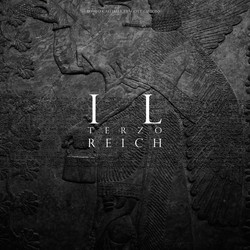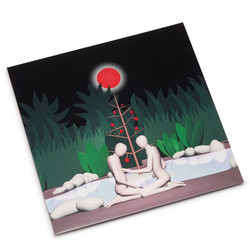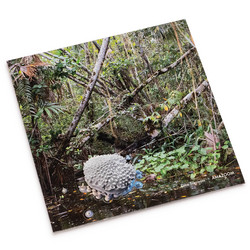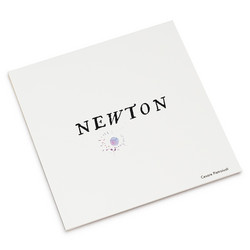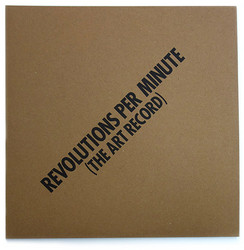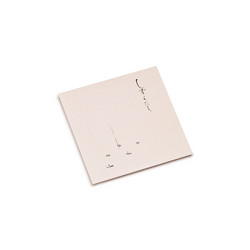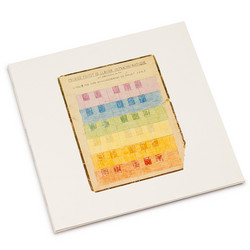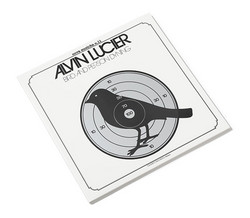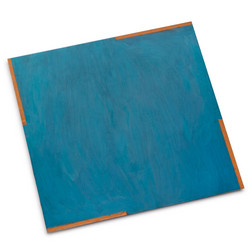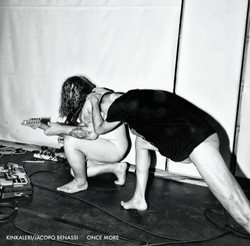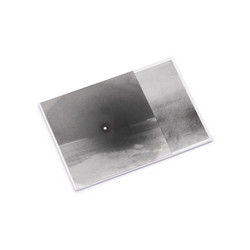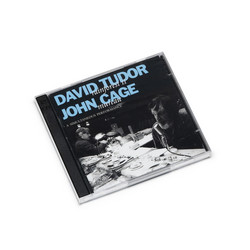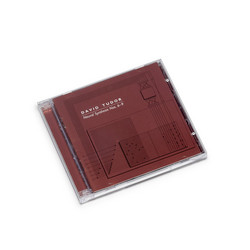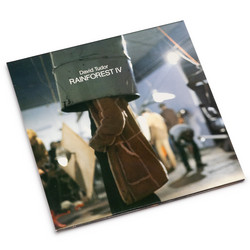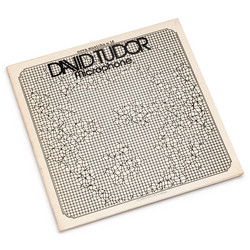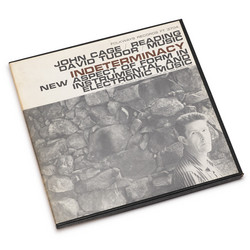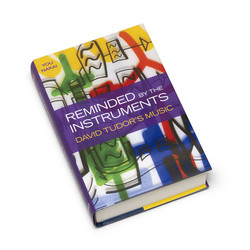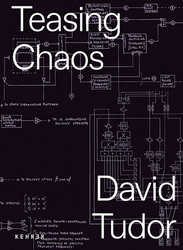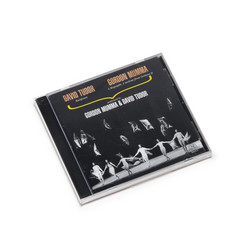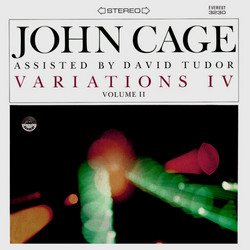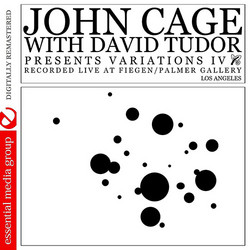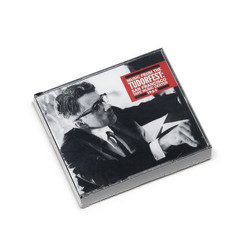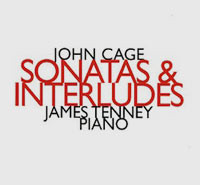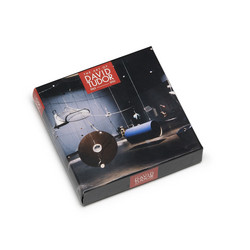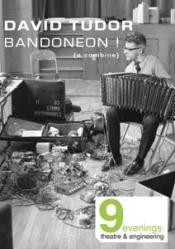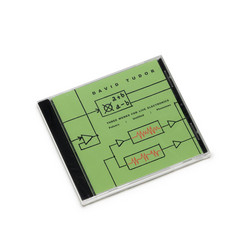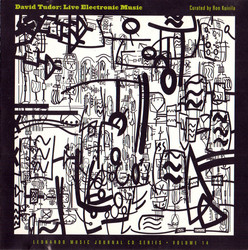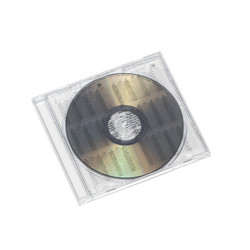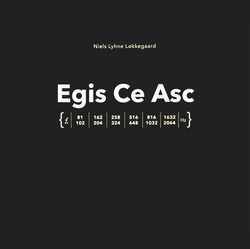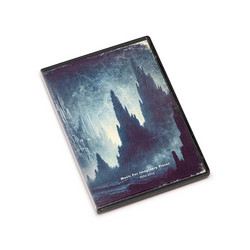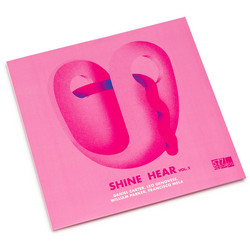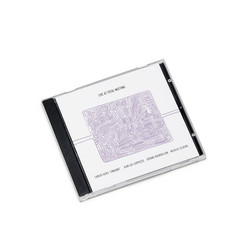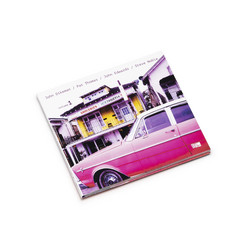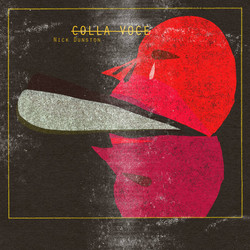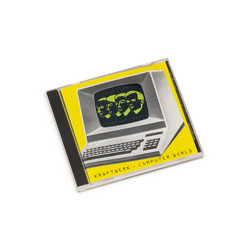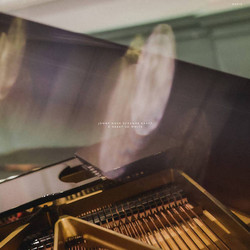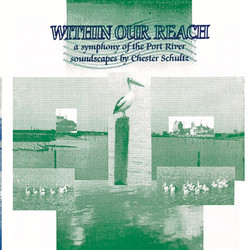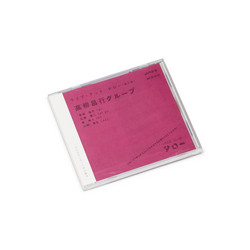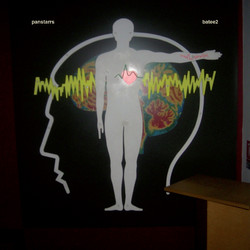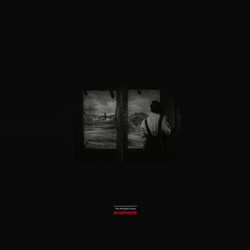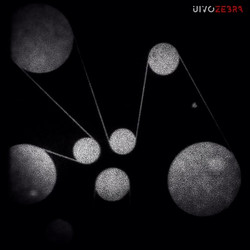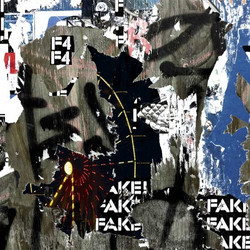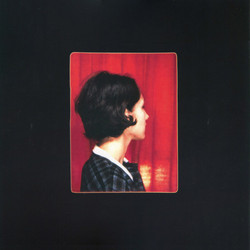**Includes large 24-page booklet** Few artists within the canons of 20th Century avant-garde and experimental music can be regarded as important or influential as the pianist and composer David Tudor. His name rings out across the years. Yet, despite Tudor’s place in history, his legacy largely remains under the shadow of the artists that he worked with, most notably John Cage, while the majority of his own output as a composer - a handful of releases produced for small labels like Cramps, Edition Block, and Lovely Music - representing the central axis of his activities for the last three decades of his life, continue to be difficult to access and overlooked. Now, emerging more than 40 years after it was completed, the Copenhagen based imprint, Topos, has unearthed a never before issued work by Tudor, Monobirds (From Ahmedabad to Xenon), created at the height of his powers between 1969 and 1979. Beautifully produced as a very special double LP, complete with an essay by You Nakai, it’s easily one of the most important archival release to have dropped this year.
Born in 1926 and widely regarded as one of the most talented and versatile pianists of the 20th Century, David Tudor shot to fame during the 1950s and '60s as a result of his pioneering interpretations of works by Pierre Boulez, Karlheinz Stockhausen, Morton Feldman, Earle Brown, Christian Wolff and La Monte Young, as well as for his long-lasting working relationship with John Cage. Despite the fact that this period was relatively brief when placed against the full duration of his career, the power and influence of the works he produced with others has been allowed to obscure the fact that Tudor almost entirely shifted his focus to composing works of his own during the early 1960s, leaving his chosen instrument, the piano, behind to focus his efforts almost entirely in the electronic realm, deploying modular devices - largely designed and built by himself - which were allowed to define both composition and performance.
While Tudor’s albums with other composers are plentiful, the discography of his own efforts has remained painfully small, largely resigned to four albums - Microphone (1978), Rainforest IV (1981), Pulsers / Untitled (1984), and Neural Synthesis Nos. 6-9 (1995) - produced before his death in 1996, with each revealing a distinct facet of a truly radial mind. Monobirds (From Ahmedabad to Xenon, 1969 / 1979), a never before released work, unearthed by Topos and capturing Tudor at work during one of the most prolific and inspired periods of his career, is arguably the most important posthumous release of the composer’s works to have appeared in the last 25 years.
The story begins in 1969 when Tudor traveled to India and made a series of recordings - representing only a tiny number created on instruments he didn’t design himself - at the Electronic Music Studio at the National Institute of Design in Ahmedabad, using Moog synthesizers that he had brought from the United States. After his return home, they remained in their raw form until, ten years later on March 1, 1979, Tudor used one of these recordings, which he now called Monobird, as the primary source material for a recording session / performance - coupled with visuals created by the Video/Laser III system designed and developed by Lowell Cross and Carson Jeffries - in the unlikely venue of the New York discotheque, Xenon, on 43rd Street, which, at the time, was the only nightclub popular enough to compete with Studio 54.
The end result, as it unfolds across the four sides of the double LP, beyond the presence of Moog, which was contemporaneously becoming a favorite of disco producers, couldn’t be more surprising within the context in which it appeared. As to be expected from Tudor, this is electronic avant-gardism of the highest order, built from fractured tones writhing in arrhythmic configurations and bristling electronic textures, culminating as a startling image of pure abstraction, rendered in sound that immerses the whole body in a secondary world.
Stunning and creatively rigorous, allowing us to encounter an artist who was decades ahead of his time in our present - one of many possible futures the work itself imagines - Tudor’s Monobirds takes huge leaps toward dramatically expanding our understanding of one of the 20th Century’s most important, visionary creators. Issued by Topos as a double LP, complete with a 24-page large booklet offering an essay by You Nakai - When David Tudor Went Disco - an in-depth study of Tudor’s performance at Xenon and its relation to the sounds on the LP, this is Tudor at the height of his powers, and one of the most historically important records of the year. Highly recommended and not to be missed.
Tape recordings courtesy of E.A.T./Klüver/Martin Archive
Mastering for vinyl by Mike Grinser at Manmade Mastering, Berlin
Manufacturing by R.A.N.D. Muzik
Graphic design by Kristine Nørgaard Andersen
Produced by Julie Martin & Jacob Kirkegaard
Released by TOPOS
Cover images: Laser visualizations of David Tudor’s performances using the Video/Laser III system designed and developed by Lowell Cross and Carson Jeffries.
Copyright 2021 David Tudor / David Tudor Trust
Copyright 2021 Topos and E.A.T./Klüver/Martin Archive
Copyright 2021 David Tudor / David Tudor Trust
When David Tudor Went Disco Copyright 2021 You Nakai
All rights reserved
MONOBIRDS ESSAY - separate extra edition of 200
When Tudor Went Disco: The No-Audience Laser Concert Without the Laser at Xenon
© 2021 You Nakai. All rights reserved.
ISBN: 978-87-972762-5-9
Graphic design: You Nakai
Cover photo: David Tudor at Xenon. Photographer unknown. All rights reserved.
Back cover: James Rosenquist, Artists for New York (offset lithograph, 34” x 22”).
© 2021 James Rosenquist, Inc. / Licensed by Artists Rights Society (ARS), NY. Used by permission.
All rights reserved.
Printed by Kandrups Bogtrykkeri, Denmark
This publication has been supported by James Rosenquist Studio.
Copyright © 2021 TOPOS
